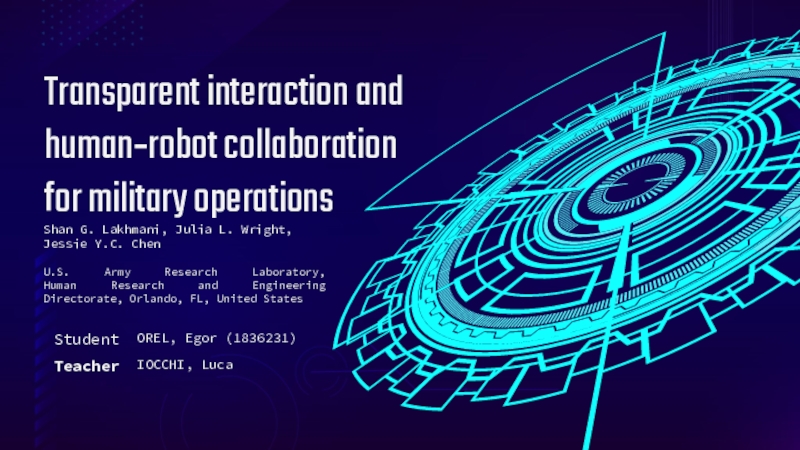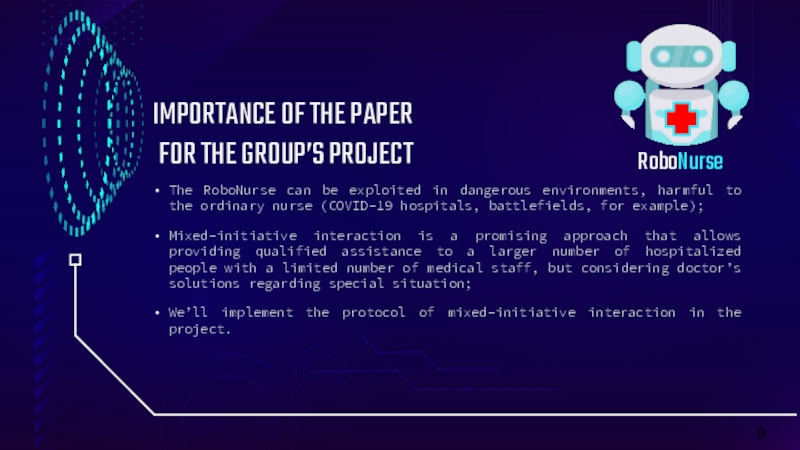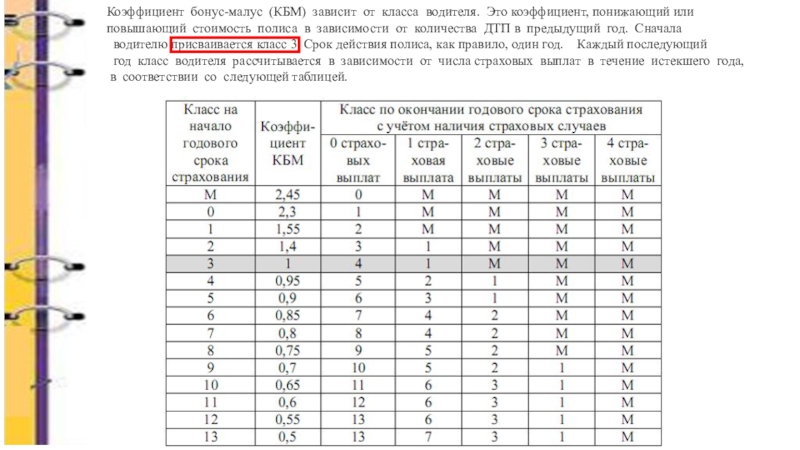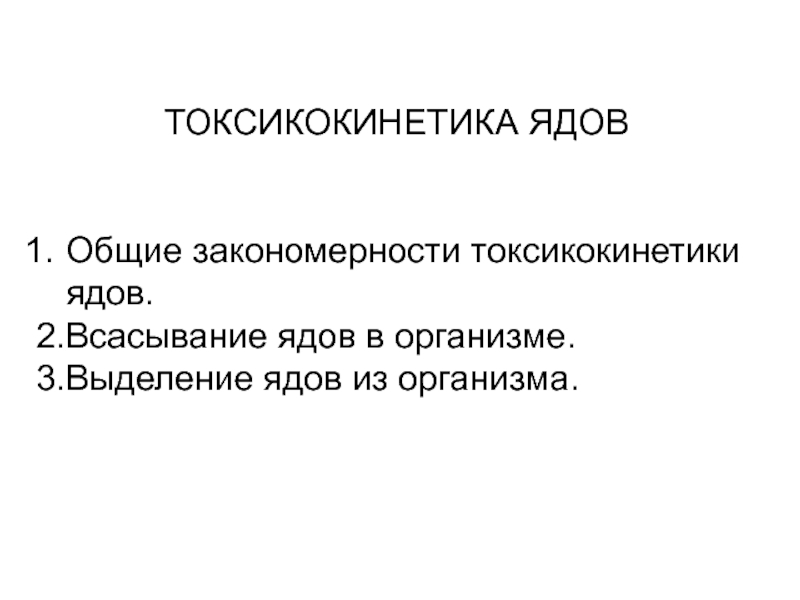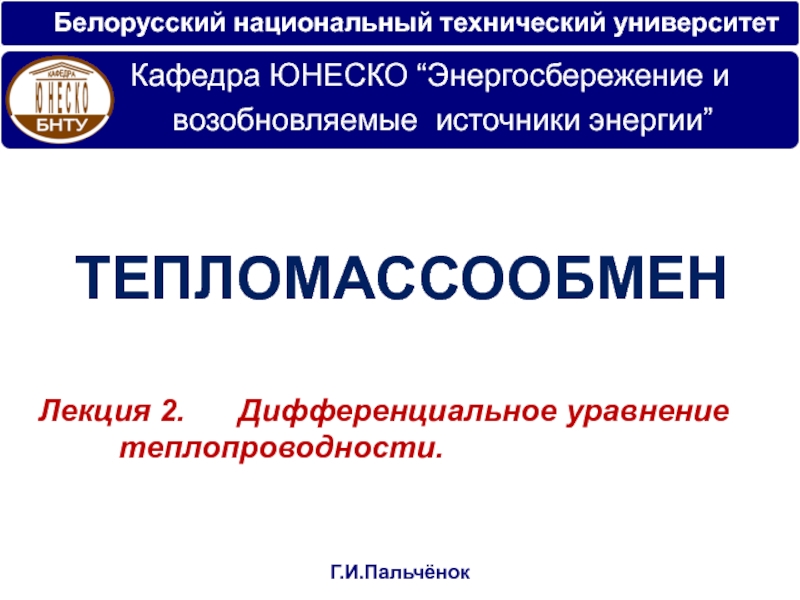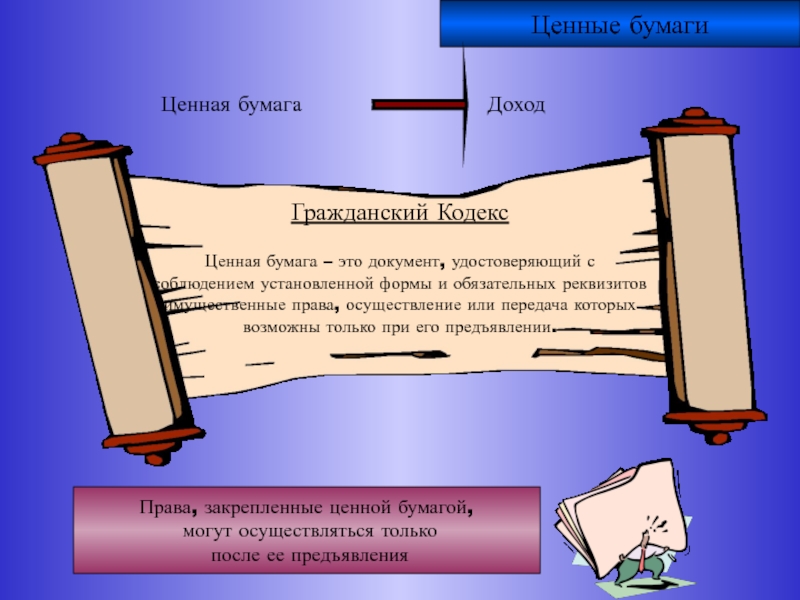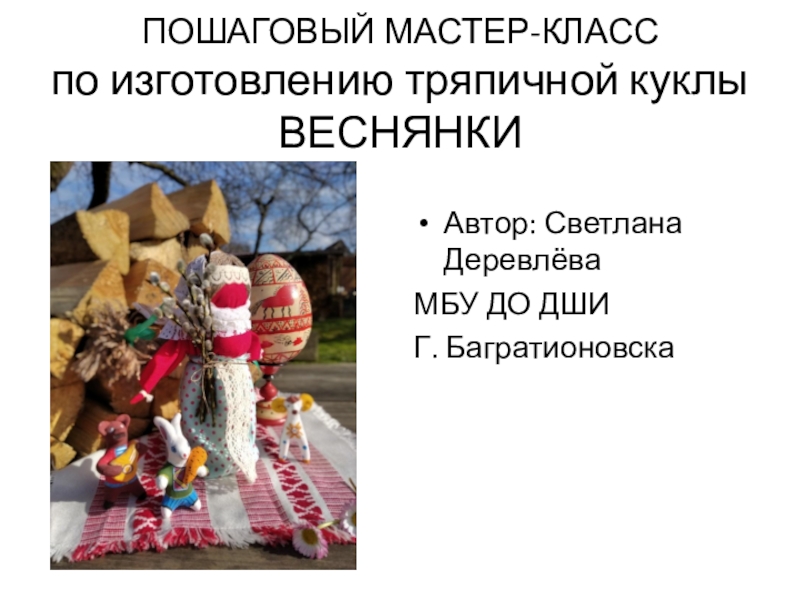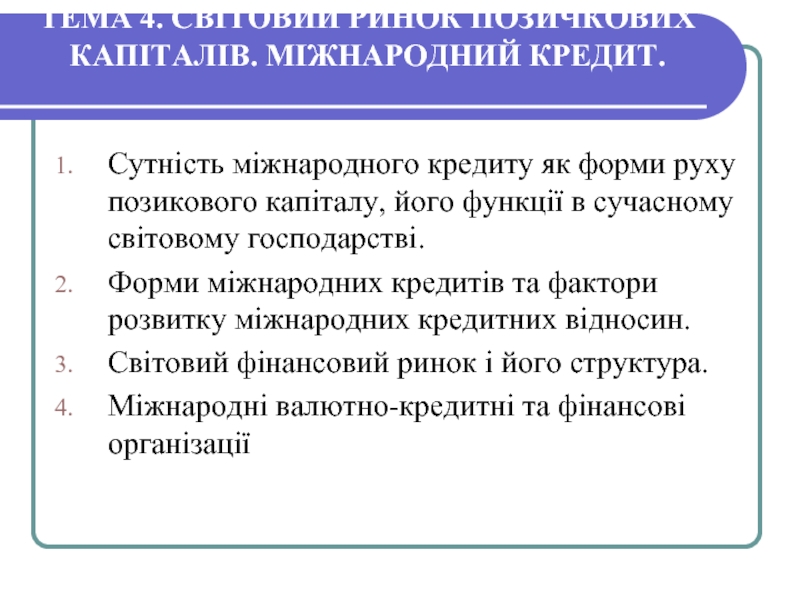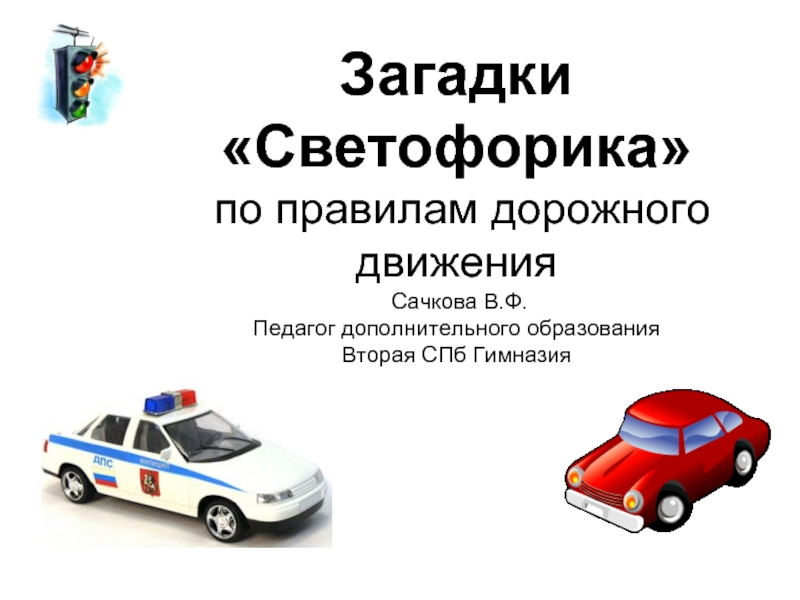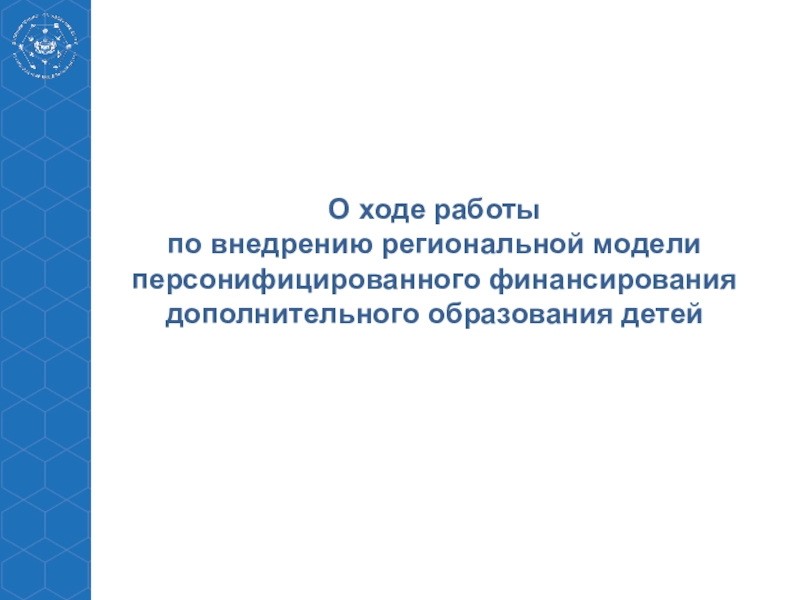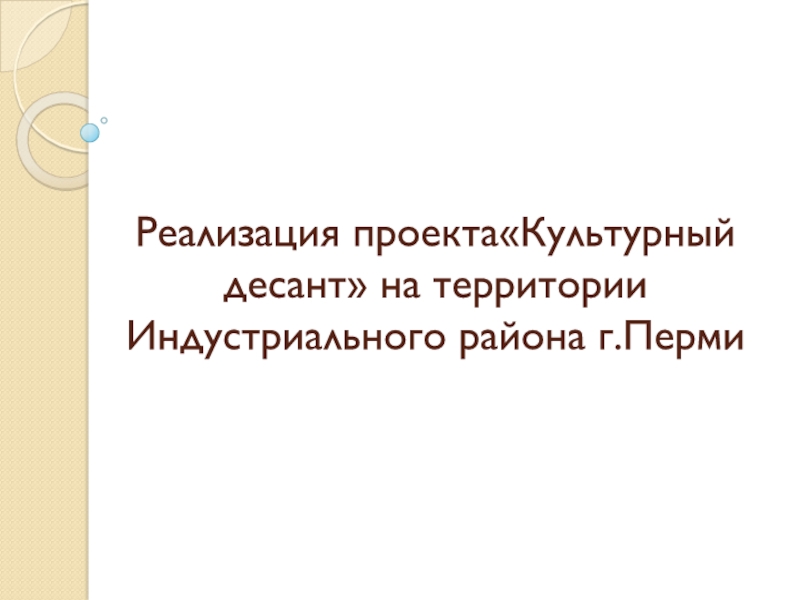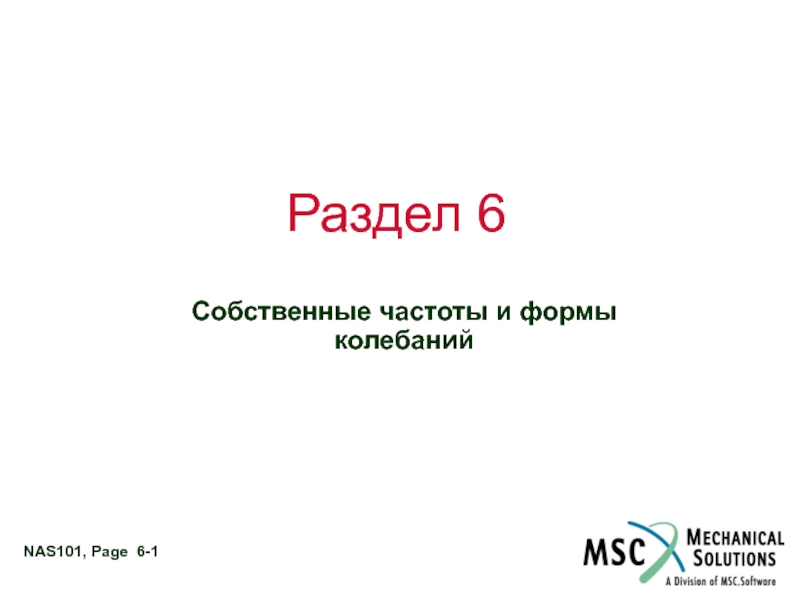Разделы презентаций
- Разное
- Английский язык
- Астрономия
- Алгебра
- Биология
- География
- Геометрия
- Детские презентации
- Информатика
- История
- Литература
- Математика
- Медицина
- Менеджмент
- Музыка
- МХК
- Немецкий язык
- ОБЖ
- Обществознание
- Окружающий мир
- Педагогика
- Русский язык
- Технология
- Физика
- Философия
- Химия
- Шаблоны, картинки для презентаций
- Экология
- Экономика
- Юриспруденция
Transparent interaction and human - robot collaboration for military operations
Содержание
- 1. Transparent interaction and human - robot collaboration for military operations
- 2. THEY GO WHERE SOLDIERS CANNOTTHEY KEEP BOTH
- 3. ROBOTICS PROGRESS TIMELINEPastFutureNowadaysAutonomous teammatesTeleoperated toolsHRI PROGRESS TIMELINEHuman
- 4. HR BEHAVIORSWork related activities needed to accomplish
- 5. METHODS OF HRIAUTONOMOUS SYSTEMSa system that can
- 6. Effective teamwork between humans and robots, like
- 7. THE LOOP – WHAT IS IT AND
- 8. COMMUNICATION BETWEEN HUMANS AND ROBOTSROBOT’S GESTURESAnimal-like or
- 9. The RoboNurse can be exploited in dangerous
- 10. Shan G. Lakhmani, Julia L. Wright,Jessie Y.C.
- 11. Скачать презентанцию
Слайды и текст этой презентации
Слайд 1Shan G. Lakhmani, Julia L. Wright,
Jessie Y.C. Chen
U.S. Army Research
Laboratory, Human Research and Engineering Directorate, Orlando, FL, United States
interaction and human-robot collaboration for military operationsСлайд 2THEY GO WHERE SOLDIERS CANNOT
THEY KEEP BOTH SOLDIERS AND CIVILIANS
SAFE
WHY ROBOTS ARE IMPORTANT IN THE MILITARY?
THEY DO WHAT SOLDIERS
CANNOTTHEY INCREASE THE SOLDIERS’ SCOPE OF INFLUENCE
clearing buildings;
search and rescue in disaster areas and battlefields;
detonation and disposal of explosives;
reconnaissance and surveillance.
gathering data to support soldiers’ situation awareness,
transporting soldier equipment,
distributing supplies to soldiers in the most forward resupply positions,
facilitating commanders’ decision-making (collecting, organizing, and prioritizing data)
keeping soldier’s safe by providing greater stand-off distance from the enemy for maneuvers and convoys
Слайд 3ROBOTICS PROGRESS
TIMELINE
Past
Future
Nowadays
Autonomous teammates
Teleoperated tools
HRI PROGRESS
TIMELINE
Human and robot share the task
load
Human soldier completes all the tasks
Слайд 4HR BEHAVIORS
Work related activities needed to accomplish the team’s goals
TASKWORK
Coordination,
sharing knowledge, and all the other actions needed for interdependent
operationTEAMWORK
Robots are already being designed to do taskwork
Team behaviors, such as communication and coordination, can be simulated by robots to support important facets of HRI, such as mutual predictability and shared knowledge
Transparent HRI
Transparency is an emergent property of the HRI process whereby a human operator has a clear and accurate understanding of how the robot gathers information, processes that info, and makes decisions
Слайд 5METHODS OF HRI
AUTONOMOUS SYSTEMS
a system that can use its understanding
of the world, itself, and its situation to independently compose
and select among different courses of action to accomplish its goalsadaptive automation
(the level of automation is changeable by the system)
+
adjustable automation
(the level of automation is changeable by an external operator or system)
a human (i.e., teleoperator) can mechanically manipulate items or sense objects at a different location than where they are currently located, using a mechanical or robotic apparatus
an operator manages multiple robots by interacting with them individually
TELEOPERATION
SUPERVISORY CONTROL
MIXED-INITIATIVE SYSTEMS
Challenges: operators experience issues related to cognitive tunneling, decreased field of vision, degraded sense of spatial orientation, attention switching, and motion sickness
Challenges: as the number of robots being supervised increases, the operators’ workload increases, their situation awareness decreases, their response times increase, the number of tasks that can be successfully completed within a designated time interval decreases, and the number of system failures and accidents increase
Challenges: mode confusion – when an operator believes the automation is in a different mode than it currently is
This combination of independence and flexibility is particularly desirable in complex, dynamic environments, the kind in which the US military anticipates operating
Слайд 6Effective teamwork between humans and robots, like effective teamwork between
people, depends on a mutual understanding of what all the
team members are capable of doing, what they are responsible for doing, and what they are currently doingTEAMWORK
AUTONOMOUS ROBOTS+HUMAN
Human does better
Machine does better
Both the human and the robot are capable of doing a task suitably
One is better than another in dependence on time
Neither human nor robot can do the task by themselves but can do so jointly as a team
THE BEST VARIANT
A human has to work with a robot that:
supports mixed-initiative interaction,
keeping the human apprised of the overall situation,
soliciting additional information as needed,
completing predefined tasks without human intervention,
dynamically negotiating for initiative when appropriate
TASKS environment
Слайд 7THE LOOP – WHAT IS IT AND WHY WE WANT
TO BE IN IT
so long as he is aware of
what the automation is doing, how the task is progressing, and can reasonably estimate what the next step or outcome will beA HUMAN “IN THE LOOP”
“The loop of control” – the interactions between a human operator and automation while conducting one or more tasks
when the human loses awareness of the shared task
A HUMAN “OUT OF THE LOOP”
REASONS
Bad HR communication;
a robot is modeled to be “strong and silent”;
human factor
RESULTS
reduced performance;
reduced situation awareness;
increased automation bias;
undesired actions
Слайд 8COMMUNICATION BETWEEN HUMANS AND ROBOTS
ROBOT’S GESTURES
Animal-like or human-like gestures
This increased
independence can make it difficult for people working with these
robots to stay informed about the robot’s actions and the decision making processes that lead to those actions. Thus, we need extensive interaction models for complete understanding between “teammates”AUDITORY CUES
Synthetic and human voices, tones, alarms
HAPTIC FEEDBACKS
Vibrations and controller torque
SENSOR-BASED DECISION MAKING
A robot sees an environment through sensors and applies some logics on it:
NLP, gestures detection...
INPUT DEVICES
Keyboard, mouse, touch screen
SHARED MENTAL MODELS
Mutual predictability using neuroengineering technologies
In future soldiers and robots will work in mixed teams with shared capabilities
Слайд 9The RoboNurse can be exploited in dangerous environments, harmful to
the ordinary nurse (COVID-19 hospitals, battlefields, for example);
Mixed-initiative interaction is
a promising approach that allows providing qualified assistance to a larger number of hospitalized people with a limited number of medical staff, but considering doctor’s solutions regarding special situation;We’ll implement the protocol of mixed-initiative interaction in the project.
IMPORTANCE OF THE PAPER FOR THE GROUP’S PROJECT
RoboNurse
